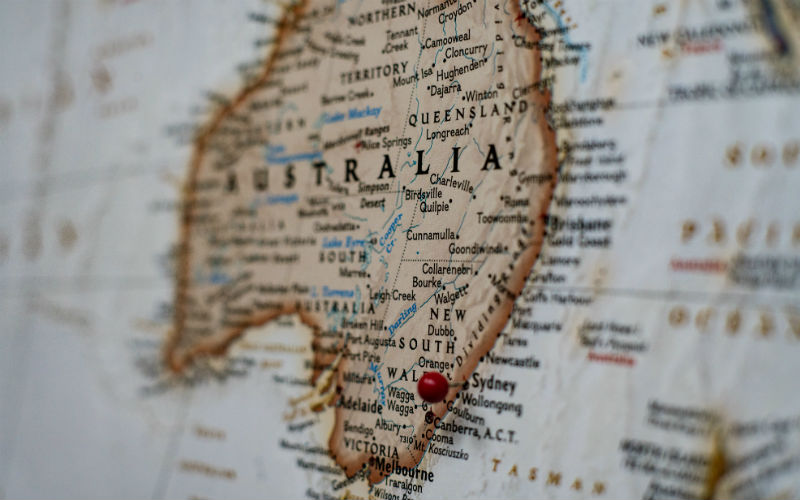This means there are now 24% fewer jobs listed than at peak levels in May 2022, although there were still nearly 30% more advertisements compared to December 2019 according to the joint NAB-Seek job ads report.
The report also says the number of applications per job continues to rise, hitting 83.1 in May, a 3% jump.
While unemployment continues to sit at just 3.6%, it's expected to go up in the coming months, and the competition for each job could continue to rise.
ACT, New South Wales and Victoria saw the sharpest drop off in listings, with the ACT and Sydney dropping below pre pandemic levels.
However, job advertisements remain at elevated levels in Western Australia, South Australia, the Northern Territory and Tasmania.
The Recruitment, Consulting and Staffing Association (RCSA) also says employment in Australia is dropping, with its employment index falling 0.6% in June.
RCSA CEO Charles Cameron says although this is a minor drop compared to New Zealand, where job postings have dropped 10.8% in the past three months, Australia might be heading in the same direction.
“Australia is holding firm, but the quarterly retraction suggests market confidence is waning. What happens in the next three months will be a critical indicator as to whether job demand in Australia is on the same trajectory as what we are seeing over the ditch," Mr Cameron said.
Seasonally adjusted changes to job listings on Seek
| Feb '23 | Mar '23 | Apr '23 | May '23 | Jun '23 | |
| Monthly change | -1.8% | -1.0% | -2.1% | -0.6% | -2.3% |
| vs December '19 | 36.8% | 35.4% | 32.7% | 31.9% | 28.9% |
| vs May '22 | -18.9% | -19.7% | -21.3% | -21.8% | -23.6% |
The outlook for unemployment
RBA modelling suggests an unemployment rate of 4.5% is non-inflationary while also being considered 'full employment' - it would need to rise 0.9 percentage points to hit this mark.
Too high employment can overstimulate the economy - more people having jobs means more spending, and more inflationary pressure.
So far, unemployment has remained strong despite higher interest rates, but declining listings and a jump in the number of applications per advertisement is an indicator unemployment could be set to increase.
Ivan Colhoun, Chief Economist at NAB, says taken in conjunction with consumer sentiment surveys and the NAB business survey, the continued decline of job listings suggests the unemployment rate will rise in the coming months.
The RBA's approach has been criticised by the likes of the Australian Council of Social Services (ACOSS), which says the RBA are effectively 'sacrificing people to unemployment' to curb inflation.
ACOSS CEO Cassandra Goldie points out that unemployment rising to 4.5% means 150,000 Australians put out of work, and wants the RBA and the government to find alternative solutions to curb inflation.
"To assure the community that more people won’t be sacrificed to unemployment to curb inflation, the Government and RBA should urgently reach a new agreement on monetary policy that includes a clear commitment to full employment," Ms Goldie said.
Which sectors have seen the biggest drop off?
Just as the decline in listings was far from uniform across the states, there are still some industries with new job advertisements at highly elevated levels.
There are still eleven sectors with at least 40% more listings than pre-Covid levels.
Several government related areas remain particularly strong, including Education & Training, Defence, Healthcare & Medical and Community Services.
There were 108% more jobs listed for farming related positions in June '23 compared to December '19, although there was a 1.6% decline month to month.
However, there were six industries where advertising is now below pre pandemic levels.
Real estate, Insurance, Architecture, Legal services, IT and Banking all had fewer new jobs advertised on Seek in June '23, which suggests these could be among the sectors in which higher interest rates are having the biggest impact.
Picture by Daniel Norris on Unsplash



 Denise Raward
Denise Raward


 Hanan Dervisevic
Hanan Dervisevic
 Harry O'Sullivan
Harry O'Sullivan

